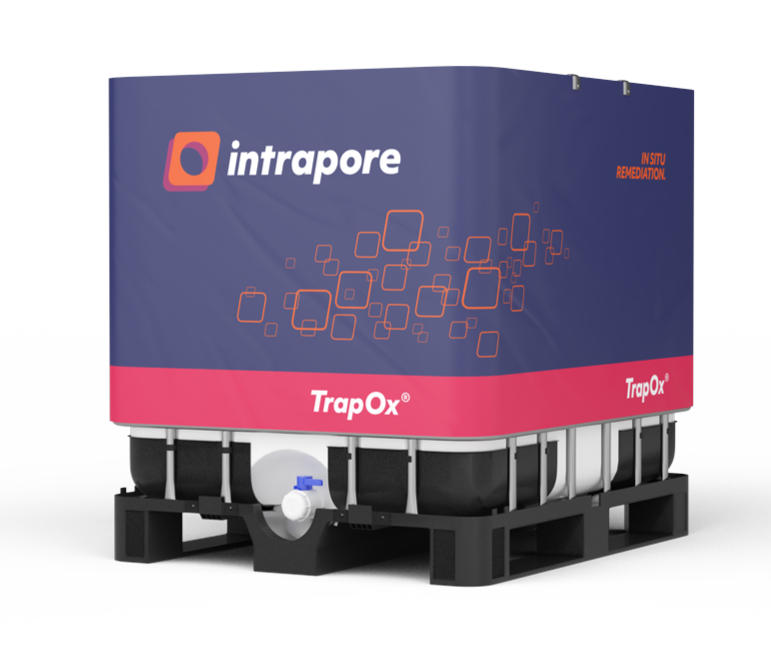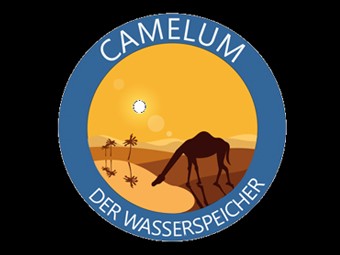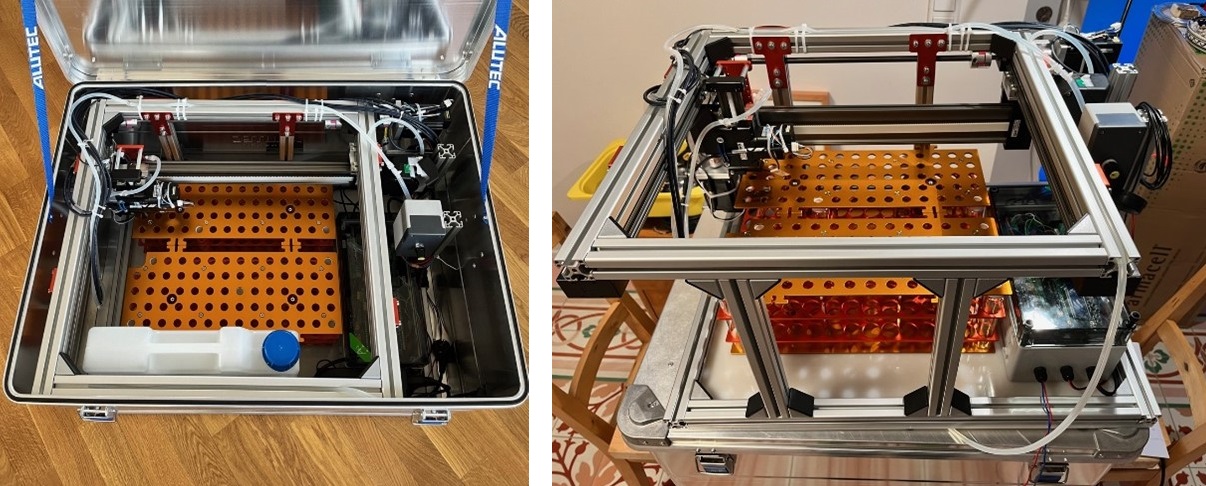Transfer News
July – September 2024
Successful first field trial with TrapOx® zeolites carried out
 The study
The study
In the study, the researchers combined two types of barriers to combat harmful substances in the groundwater. One works like a filter that oxidises harmful substances, while the other reduces certain harmful chemicals. While one barrier breaks down the substances perchloroethene (PCE) and trichloroethene (TCE), the other ensures that dichloroethene (DCE) and vinyl chloride (VC) are captured and rendered harmless. Measurements with reference isotopes have shown that the harmful substances are degraded. There are also indications that microorganisms play an important role in this process. The idea of combining different barriers could therefore be a good method for cleaning groundwater on site in the future.
From field to market
Following the UFZ research project, the company Intrapore launched TrapOx® on the market - a product developed by the UFZ. It works effectively on persistent organic pollutants in groundwater by combining sorption on an iron-exchanged zeolite (TRAP) with a catalytic Fenton reaction (OX). This creates a reactive zone in the aquifer where pollutants are degraded and enriched.
We are very happy about the success of this project and the co-operation with Intrapore. Here's to more strong and innovative products finding their way from the UFZ to the market!
September 2024
New UFZ spin-off develops and distributes the innovative and fully automatic sampler CAMELUM
 In our research, we repeatedly reach our limits because environmental data on precipitation or groundwater is missing. This is especially true for developing countries, which often cannot afford and maintain appropriate monitoring concepts.
In our research, we repeatedly reach our limits because environmental data on precipitation or groundwater is missing. This is especially true for developing countries, which often cannot afford and maintain appropriate monitoring concepts.
In view of this, the UFZ has been successfully developing applicable solutions for many years in close cooperation with companies such as MAXX Mess- und Probenahmetechnik GmbH or UGT Umwelt-Geräte-Technik GmbH, and jointly launching UFZ products on the market.
This time, however, UFZ researcher Dr. Christian Siebert (CATHYD Dept.) took a different approach, founding the spin-off Siebert & Siebert Smart Instruments GbR with the support of the UFZ StartUp Office. Based on his many years of experience as a hydrologist at the UFZ, he designed an innovative sampler for precipitation, surface and groundwater that is fully automatic and contamination-free even after sampling. This is essential for many aspects of environmental research, testing and documentation requirements, health protection, safety or for operating early warning systems in natural aquatic systems (lakes, rivers, springs, groundwater) to determine chemical, isotopic, organic or toxicological parameters.
 CAMELUM prototype © Christian Siebert
CAMELUM prototype © Christian Siebert
This is precisely where automatic sampling with CAMELUM comes in, offering users significant advantages over existing alternatives. For one thing, frequent and expensive sampling campaigns by trained personnel are no longer necessary. For another, sampling can be performed precisely at the specified time and at any time of day, when threshold values are exceeded or not met, or by remote control. In addition, CAMELUM can take a large number of samples (up to 138 individual samples) from a single source in a controlled and documented manner without contamination, and fill and safely store a sufficient sample quantity.
The development and construction of the first prototype was supported by a grant of €75,000 from the UFZ Technology Transfer Fund. Extensively tested, CAMELUM is now available as a production-ready device to meet customer requirements.
For further information, please contact:
Dr. Christan Siebert
christian.siebert@ufz.de
September 2024
